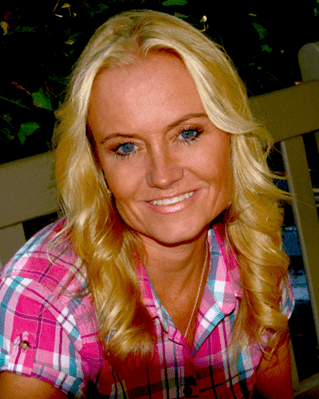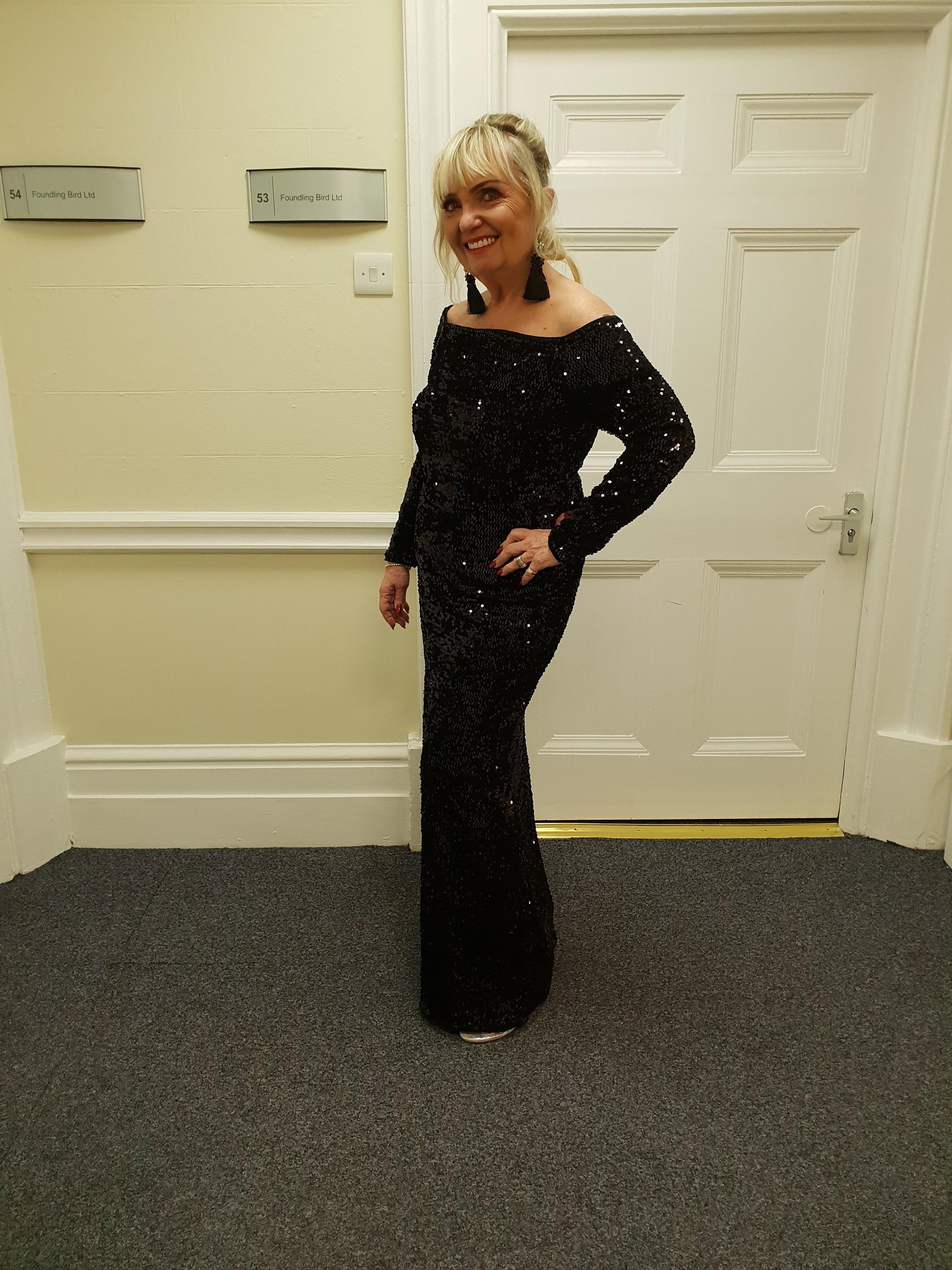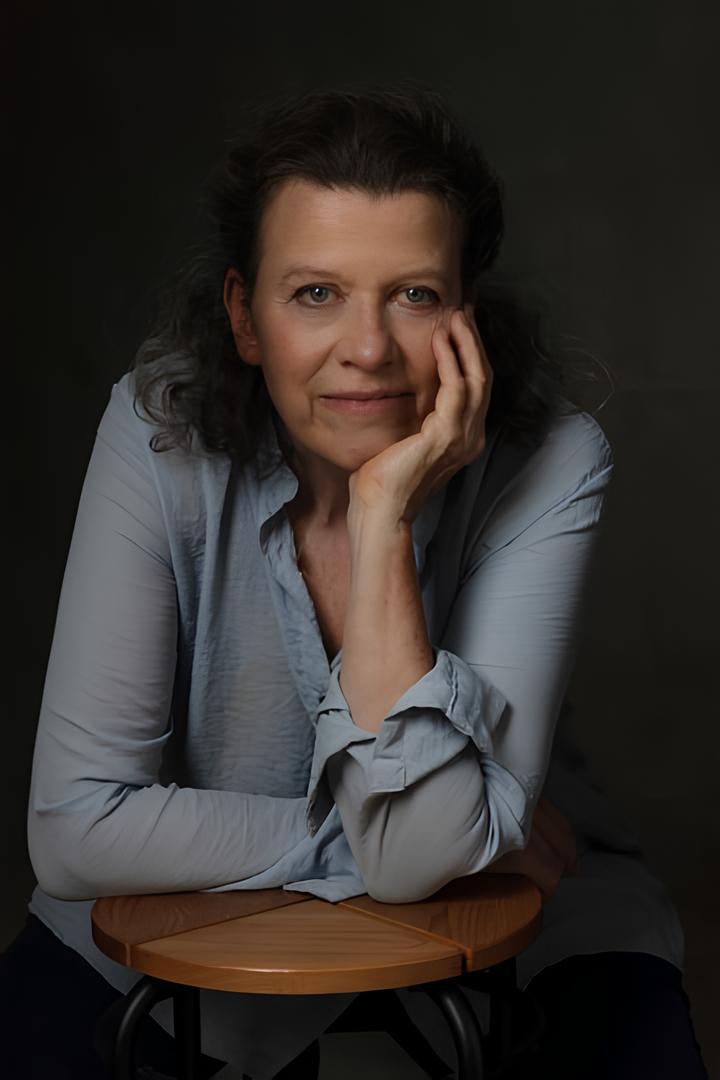
Women in the World of Art
By Marianne J Jansen
Convention and history were framed by patriarchy. You only have to look at museum collections to see how disproportionately male they still are… – Frances Morris, Director of Tate Modern
As a visual artist and a woman, I find the subject of women and art interesting. Not only what art means to me, but also what place women’s art has in the world today.
History is inextricably linked to art, and I am becoming increasingly more conscious of this. In Europe, women were not allowed to attend art schools until 1871, although art schools were already widespread in the late 1600s. Women were not allowed to paint male nudes. There were however, opportunities to develop oneself as a pupil of a famous artist, as the daughter of an artist or as a relative of the aristocracy. And a few exceptions, such as Rosalba Carriera (rococo painter, Venice), whose mother was a merchant woman.
For most of human history, women were not allowed to practice art in the same way as men. Therefore, there are inevitably fewer female old masters. Similarly, writers in the 19th century often published under a man’s name, such as George Eliot and George Sand, but they were women. Why? A man was taken seriously and as a woman, critics objected to them writing, especially if they were published. Female composers worked under the name of a father or husband, for example, Clara Schumann. We all know the sculptress of the 19th century, Camille Claudel, and her struggle for recognition.
Did you know, that here in the Netherlands, until 1956, married women could not work, open a bank account and travel without their husband’s permission?
Women who lived from the end of the 19th century to the first half of the 20th, including S.R. Guggenheim, were among the pioneers who helped shape the NY art landscape and founded influential galleries and salons. Rarely however, are these women praised for the pioneers they were.
In the 1980s, it was very difficult for women to achieve anything in the field of art. – Carole Feuermann, American sculptor, born in 1948
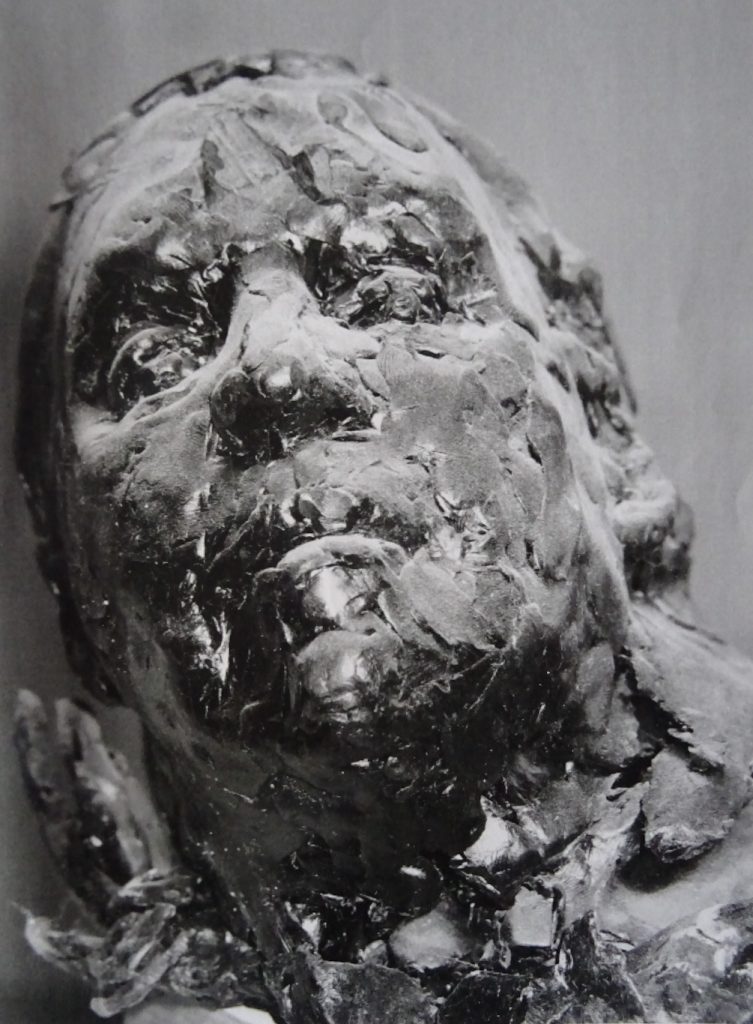
Some pregnant woman artists dropped out, people wouldn’t take their work seriously anymore, they wouldn’t be as committed to their careers. ”Why do paintings by men cost ten times more than those by women? “ – Mary Ann Sieghart, journalist at The Times, The Independent, The Guardian
Value of the work of art, For every £1 a male artist earns for his work, a woman earns only 10P. While the value of a man’s work goes up, the value of a woman’s work goes down when she signs it. – Helen Gorrill, author of Women can’t Paint
For me, it is clear that being an artist is not a smooth ride. I often hear, when I tell what kind of work I do: Oh, how special! Yes, it certainly is, but it is also nestled in a society where it is not always easy to find your place. It is a profession, not a hobby.
Art and Self-image
As a child, I certainly had talent and got in touch with art. When I was young, I visited museums and went to the concert hall several times.
Exploring my creativity, I found my identity, an expression in a visual language.
Women are a great source of inspiration for me. Not because they are so different from men, but because I want to show how I, as a woman, look at women: powerful, vulnerable and indelible, as many women are. I definitely show myself in that process, there is no getting away from that.
Our society is still dominated by men, especially in art. How do men look at women, through what kind of glasses? How do women internalise that male vision, and how does that influence the way we see ourselves? I wonder about the things we take from it, and make our own. And is this a question of my generation or also of the present generation?
In secondary school, only 3 students choose to take the exams with a maths package. Two boys and one girl. My physics teacher asked me once what was the point of studying, I was going to get married after all… Happily I was one of the two that passed, and the only girl, among the other two boys.
I didn’t get much support, and as a result, I developed a fighter’s attitude, working to be successful. Strong in my work, but alone as a child. I worked on isual work that gave me a right to exist and in which I could reflect on myself. A passion and an ongoing process, which I developed as a person, as a woman.
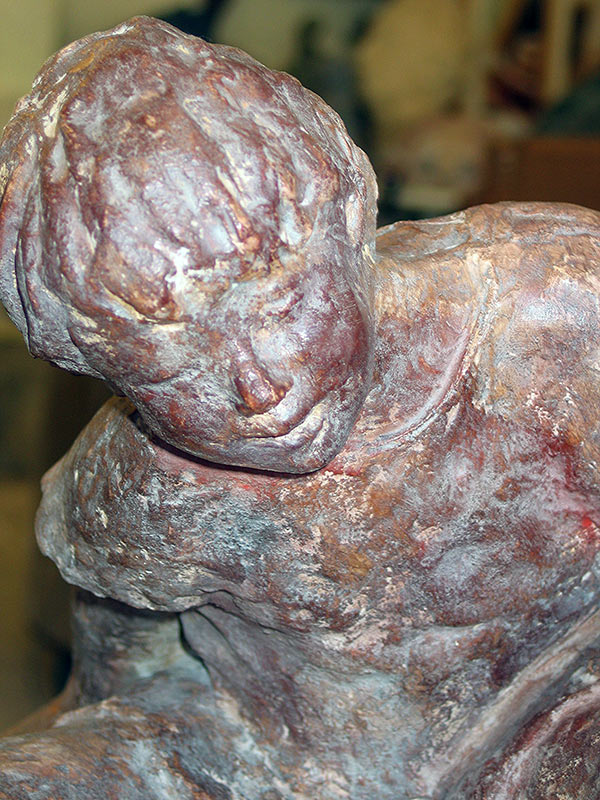
Creating images is a language, and it is mine!
It should be natural to be equal, and that will have to come from within ourselves first if the space we create for it is natural too. Being welcome, without feeling the inner need to prove yourself.
What makes women’s art exclusive?
How many women artists have survived history, and why are there not many? It is a way of life that you choose, if you can afford it. Moreover, you have to think independently. Showing your originality in your work, have or create the opportunity to develop your skills and create a market from this point. Is that market already there, or do you need to create a new one? If you can stand behind your work, can you sell it? It is not a 9-5 job, we all know that! And as quality grows, it needs space and time.
Luckily times are changing now, museums are trying to rebalance their collections, and this year’s Venice Biennale was predominantly female. (2022)
“At the moment, it is mostly women who make the best art, or the art that is most interesting.” – Bellatrix Hubert of the David Zwirner Gallery in New York
In this age, a lot of women’s voices are becoming visible in women’s art. I can only hope to be one of these women.
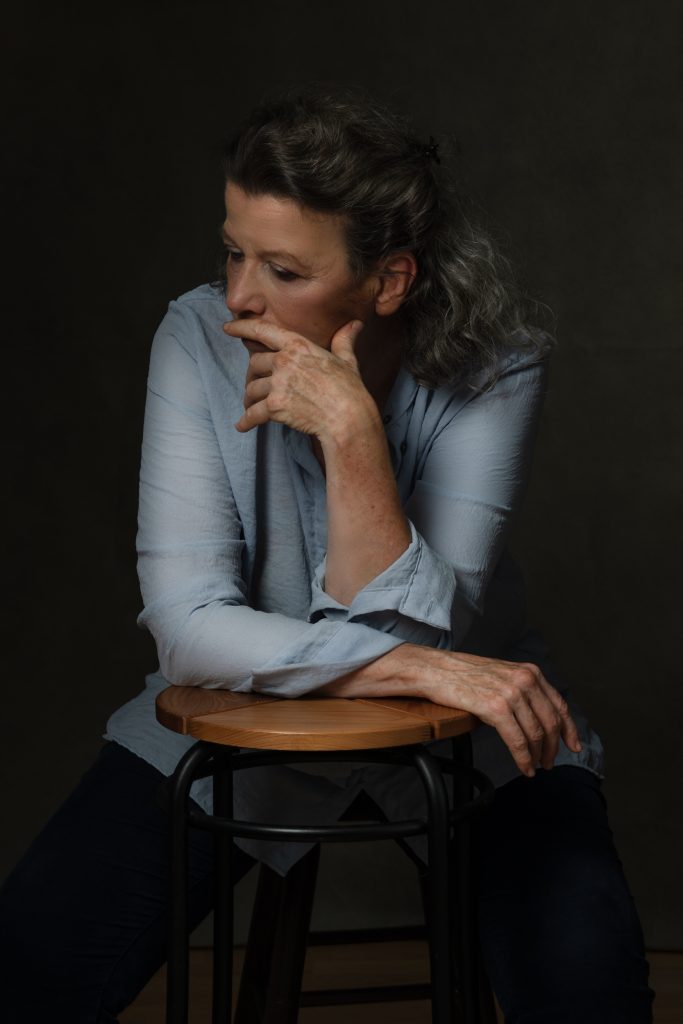
Based in The Netherlands, Marianne Jansen focuses her art on the beauty of life representing thoughts and feelings. This artist has continued her career drawing sketches, and sculptures, and having her work displayed in many, famous exhibitions. One is the ‘World Art Vision Mexico’.
UK artist Jill Taylor said, “Marianne’s work gives us the impression that the artist knows exactly what she is doing from the first creative thought. Looking at the sequences of Marianne‘s portraits of people is like sitting across the table from a good friend, like watching his or her face and body change from moment to moment. In describing their features- an eye socket and nose and mouth and cheekbone and forehead – she heightens one’s awareness of the human body, and you begin to look and be aware of people around you.”
Marianne Jansen completed her studies (Sculpture and Art education) in 1984 at the Minerva Academy of Fine Arts in Groningen, Netherlands. Her work has been displayed in exhibitions since 2002 and she’s also been involved in theatre projects.



